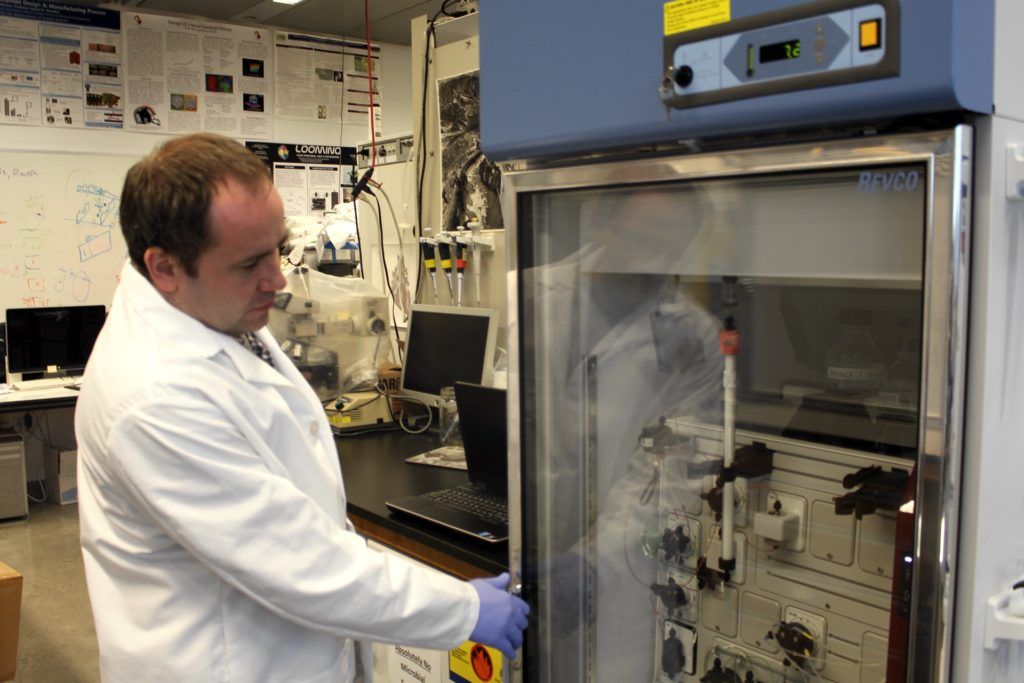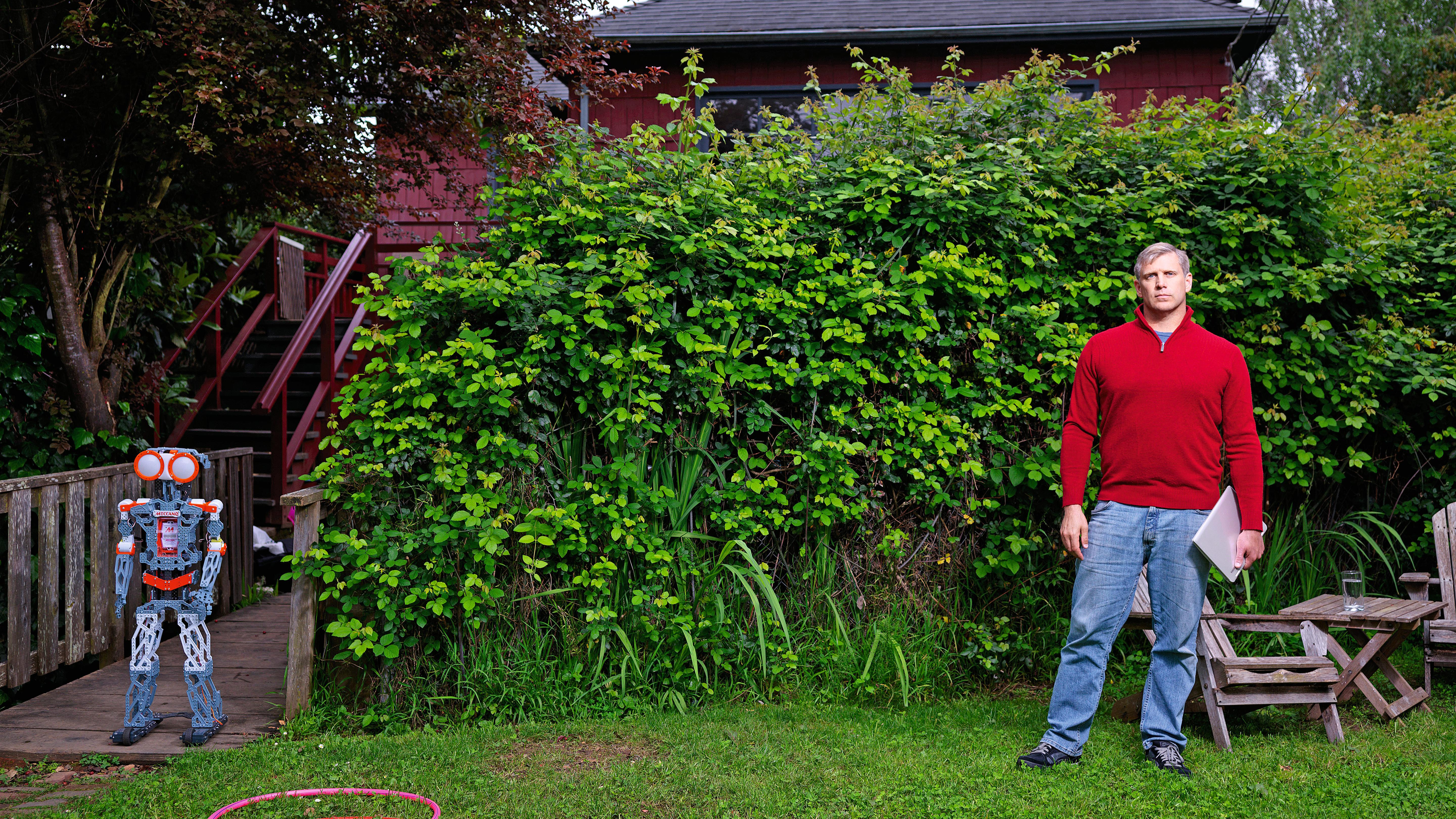The immune system plays a key role in tissue regeneration and the various types of immune cells such as macrophages, can help or hinder that repair process.
Inflammation is part of the immune response but with aging that immune response becomes deregulated and the inflammation becomes excessive. Excessive levels of inflammation generally speaking inhibit tissue regeneration and when that inflammation is continual, as it often is in aging, this leads to a breakdown in the ability to heal injuries.
As well as a deregulated and dysfunctional immune system aging also sees rising numbers of senescent cells accumulate which also cause inflammation. The immune system fails as we age and stops clearing away these cells leading to a downward spiral of inflammation and increasingly poor tissue repair.






